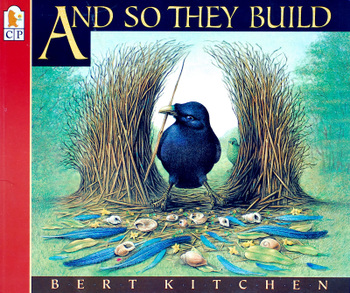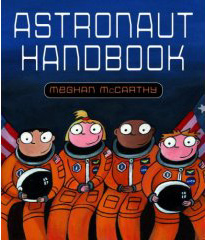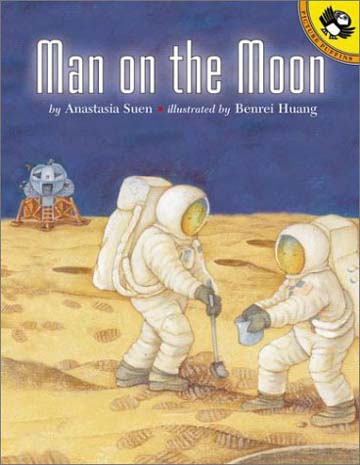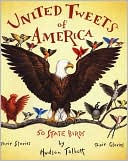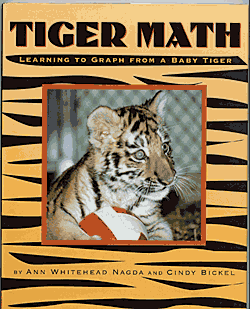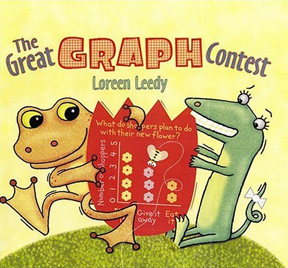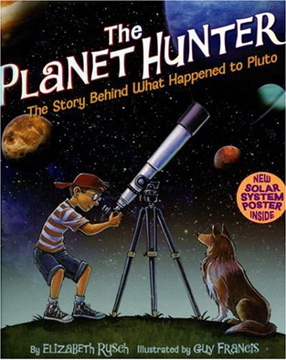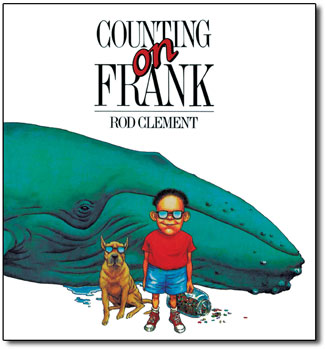Are you looking for great resources to help you plan and deliver social studies instruction at the elementary level? Boy, do I have the sites for you! Sit back, relax, and take this guided tour of some great places to start planning for next year. Turn up the volume on your computer so you don’t miss the audio portion many of these sites contain. Are you ready? LET’S GO!
Let’s start with primary sources. These wonderful documents of our past make the study of history come alive for many students. The following sites will help you guide students in the use and interpretation of primary source documents.
Library of Congress: What are Primary Sources?
http://memory.loc.gov/ammem/ndlpedu/start/prim_sources.html
History Matters: Making Sense of Documents
http://historymatters.gmu.edu/browse/makesense/
Integrating OurDocuments.gov Into the Classroom
http://www.ourdocuments.gov/content.php?flash=true&page=integration
Now that you have some ideas for successfully integrating primary sources into instruction, here are a wealth of sites that make primary sources available to your students with just the click of a mouse!
Library of Congress: American Memory Project
http://memory.loc.gov/ammem/
The National Archives: Charters of Freedom
http://www.archives.gov/national-archives-experience/charters/charters.html
Declaring Independence: Drafting the Documents
http://www.loc.gov/exhibits/declara/
Primary Documents in American History
http://www.loc.gov/rr/program/bib/ourdocs/PrimDocsHome.html
Once your students become comfortable with primary sources, you may want to turn them into historical detectives. Here are some terrific resources for doing just that.
History Detectives: How-To Guides
http://www.pbs.org/opb/historydetectives/diy/index.html
History Trail: How to Do History
http://www.bbc.co.uk/history/lj/how_to_do_historylj/preview.shtml
Let’s move on to geography. The National Geography standards define a geographically informed person as one who knows and understands (1) the world in spatial terms; (2) places and regions; (3) physical systems; (4) human systems; (5) environment and society; and (6) the uses of geography. Whew! That’s a tall order! The best place to start is the National Geographic site for geography standards in the classroom. You will find a wealth of lesson plans, interactive activities, and maps. For more on maps, the U.S. Geological Survey has some terrific resources online.
National Geographic Xpeditions
http://www.nationalgeographic.com/xpeditions/
USGS Learning Web: Lesson Plans (Scroll down to geography and maps.)
http://education.usgs.gov/common/primary.htm
Do you want to know more about specific places in your home state or in the big, wide world? Here are some sites to start with.
IPL Kidspace: Stately Knowledge
http://www.ipl.org/div/kidspace/stateknow/skhome.html
FactMonster World Geography
http://www.factmonster.com/ipka/A0770414.html
Time for Kids: Around the World
http://www.timeforkids.com/TFK/kids/hh/goplaces
United Nations Country at a Glance
http://cyberschoolbus.un.org/infonation/index.asp
If its maps you are looking for, look no further than these online collections.
Perry-Castañeda Library Map Collection
http://www.lib.utexas.edu/maps/
Library of Congress Map Collections: 1500-2004
http://memory.loc.gov/ammem/gmdhtml/gmdhome.html
Census Bureau Map Products
http://www.census.gov/geo/www/maps/CP_MapProducts.htm
Houghton Mifflin Outline Maps
http://www.eduplace.com/ss/maps/
Let’s move on to economics. Lots of teachers are a bit uncomfortable with this topic. Here are a few sites that offer some background information that can be used by kids and teachers alike.
Social Studies for Kids: Economics
http://www.socialstudiesforkids.com/subjects/economicsbasic.htm
Econopolis
http://library.thinkquest.org/3901/
Once you are familiar with economics concepts, you’ll need some ideas for the classroom. There are many wonderful resources online for teaching elementary economics concepts. Begin with the National Center for Economic Education, a site that has more than 400 lesson plan ideas for you to browse!
NCEE Online Lessons
http://www.ncee.net/resources/lessons.php
EconEdWeb
http://ecedweb.unomaha.edu/lessons/lessonsK-5.cfm
MoneyInstructor.com: Elementary Economics Lessons (Many lessons and materials are free, but you must register to access them.)
http://www.moneyinstructor.com/elementary.asp
KidsEconPosters – Literature Connections
http://www.kidseconposters.com/keb/Literature%20Connection.htm
Economics and Geography Lessons for 32 Children’s Books
http://web.archive.org/web/20071203015008/http://www.mcps.k12.md.us/curriculum/socialstd/Econ_Geog.html
Since you’ve just visited two sites that focus on children’s literature, let’s take some time now to look for a few good books to use in your social studies lessons. Here are some great sites to help you find titles that work for different concepts in social studies. Start your search with one of these searchable databases of children’s books. Enter a keyword and see what comes up. (Be careful entering keywords in the first database, as you are limited to 10 characters!)
Children’s Picture Book Database
http://www.lib.muohio.edu/pictbks/
Database of Award Winning Children’s Literature
http://www.dawcl.com/search.asp
In addition to these sites, you can also find annotations for social studies books online. The National Council for the Social Studies, in conjunction with the Children’s Book Council, publishes a list of notable trade books each year. Also, PBS Teacher Source updates its list of social studies books monthly. Check out the new recommendations and search the archive.
Notable Trade Books for Young People
http://www.socialstudies.org/resources/notable/
PBS TeacherSource Recommended Books for Social Studies
http://www.pbs.org/teachers/bookslinks/bookspages/socialstudies.html
Let’s go back to content and think a bit about civics. This is the area of the social studies curriculum where we teach about citizenship, democracy, and how our government works. Start with Ben’s Guide to U.S. Government, a truly comprehensive site that is written at a variety of grade levels, making it appealing to kids of all ages.
Ben’s Guide to U.S. Government for Kids
http://bensguide.gpo.gov/
Congress for Kids
http://congressforkids.net/
Kids in the House
http://clerkkids.house.gov/
infoUSA
http://usinfo.state.gov/usa/infousa/
Children’s Books and Web Sites About the U.S. Government
http://www.corzine.senate.gov/reference/bibliography/kids/kids.htm
The last big content area, and the one that first comes to mind when folks hear the words “social studies,” is history. I would need several more pages just to list all the great sites that are out there for the study of history. Since I can’t possibly do this area justice, let’s start by focusing on some comprehensive sites and those that offer quick “today in history” facts.
Kidipede: History for Kids
http://www.historyforkids.org/
Browse the World at Mr.Dowling.com
http://www.mrdowling.com/index.html
BBC History for Kids
http://www.bbc.co.uk/history/forkids/
BBC Ancient History
http://www.bbc.co.uk/history/ancient/
America’s Story
http://www.americaslibrary.gov/cgi-bin/page.cgi
Freedom: A History of US
http://www.pbs.org/wnet/historyofus/index.html
The History Channel: This Day in History
http://www.historychannel.com/tdih/tdih.jsp?category=leadstory
Infoplease: This Day in History
http://www.infoplease.com/dayinhistory
Now that you have reviewed varied topics within the social studies, it’s probably time to find a lesson plan. Here are some sites that offer a wide range of lessons and activity ideas.
Educator’s Desk Reference: Social Studies Lesson Plans
http://www.eduref.org/cgi-bin/lessons.cgi/Social_Studies
Academy Curriculum Exchange: K-5 Social Studies
http://ofcn.org/cyber.serv/academy/ace/soc/elem.html
UEN Resources: K-2 Core Lesson Plans (Scroll to content to find social studies lessons.)
http://www.uen.org/Lessonplan/LPview.cgi?core=1209
UEN Resources: 3-6 Social Studies Lessons
http://www.uen.org/Lessonplan/LPview.cgi?core=4
So, your lessons are planned and you have all your resources ready. How are you going to assess student learning? Here are some sites with ideas for evaluating student work, developing rubrics, and more.
Social Studies: Classroom Based Assessment
http://www.k12.wa.us/assessment/WASL/socialstudies/default.aspx
Authentic Assessment of Social Studies
http://www.michigan.gov/documents/MI_Auth_12350_7.AssmtMan.pdf
Alternative Assessments in Geography
http://www.coe.ilstu.edu/iga/interact/index.htm
Are you interested in making a home-school connection? Here are some resources to involve parents.
Early Childhood: Where Learning Begins – Geography
http://www.ed.gov/pubs/Geography/index.html
Helping Your Child Become a Responsible Citizen
http://www.ed.gov/print/parents/academic/help/citizen/index.html
Helping Your Child Learn Geography
http://www.ed.gov/pubs/parents/Geography/index.html
Helping Your Child Learn History
http://www.ed.gov/pubs/parents/History/index.html
How to Help Children Become Geographically Literate
http://ccge.org/programs/geoliteracy/docs/children_geographically_literate.pdf
Parents Helping Children Learn Social Studies
http://www.michigan.gov/documents/Parents_Helping_Students_12344_7.pdf
By now you should realize that there are so many resources on the web for social studies, that I can’t possibly include them all here. I hope this tour helped you find some resources you can use and excited you about the possibilities of using online resources for both planning and delivering instruction.

